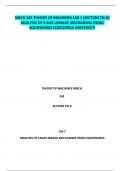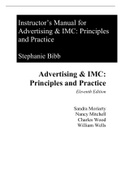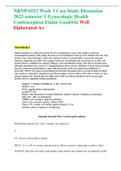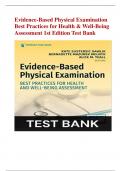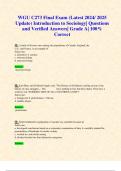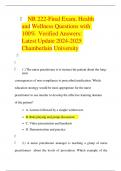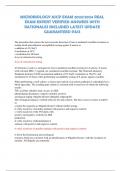Exam (elaborations)
MECH 343 THEORY OF MACHINES LAB 1 (SECTION TN-X) ANALYSIS OF 4 BAR LINKAGE MECHANISM USING SOLIDWORKS CONCORDIA UNIVERSITY
- Institution
- Concordia University ( )
MECH 343 THEORY OF MACHINES LAB 1 (SECTION TN-X) ANALYSIS OF 4 BAR LINKAGE MECHANISM USING SOLIDWORKS CONCORDIA UNIVERSITY
[Show more]
